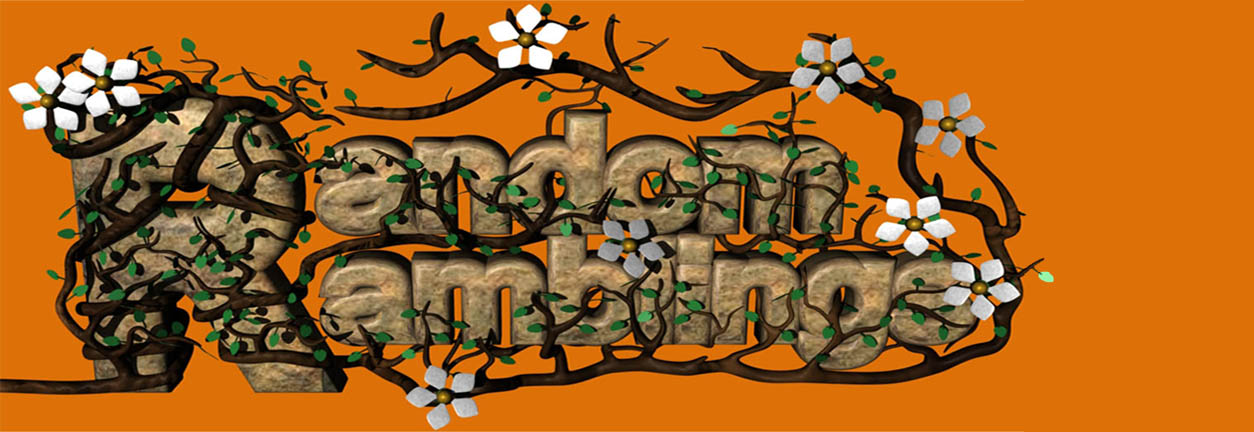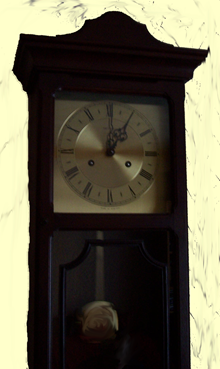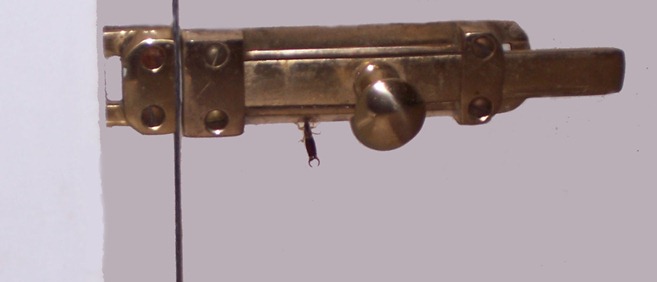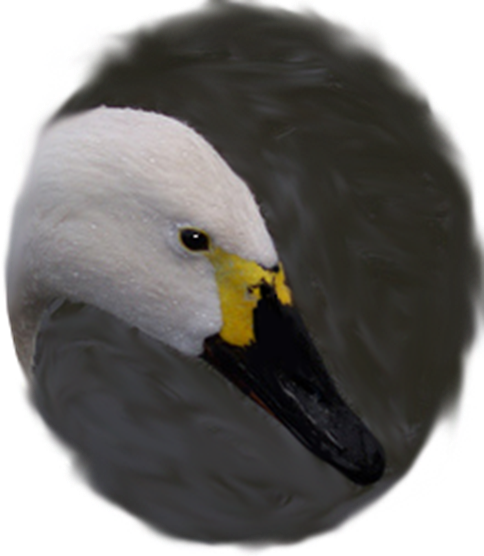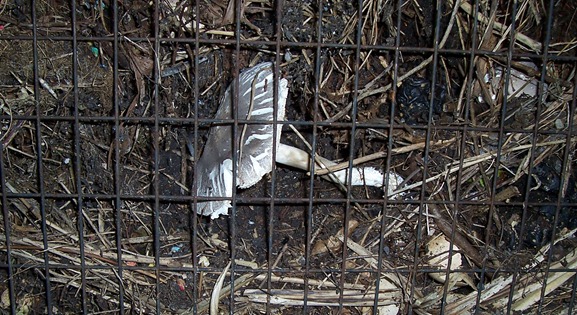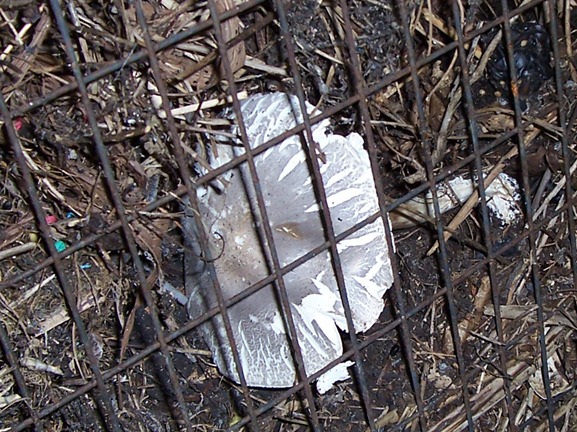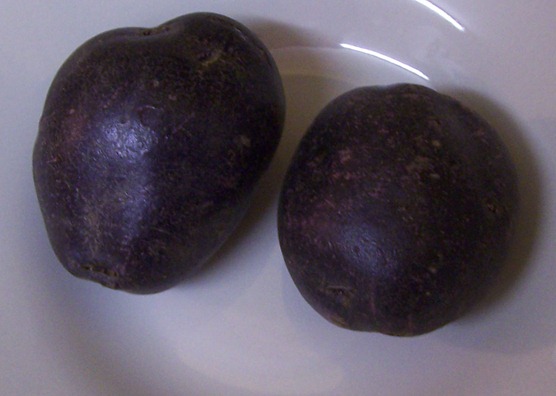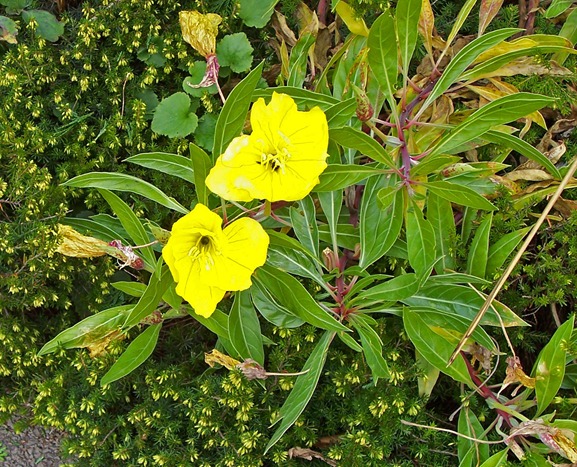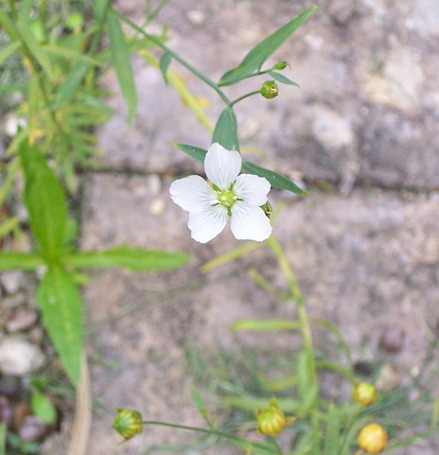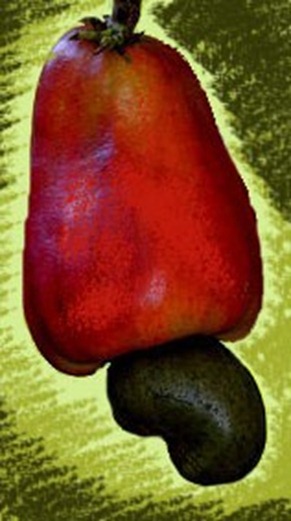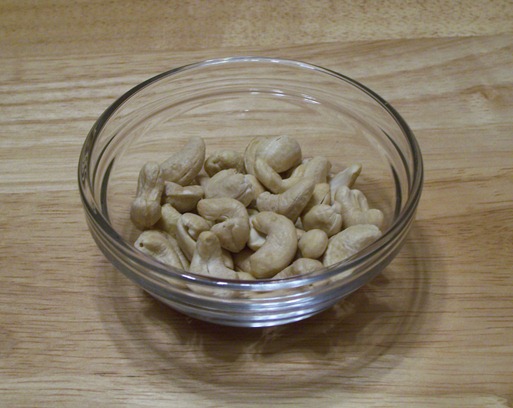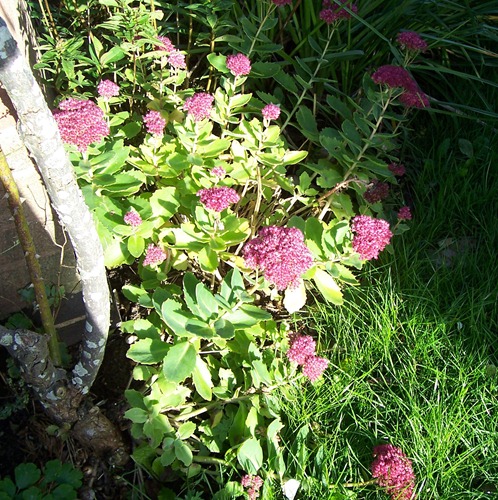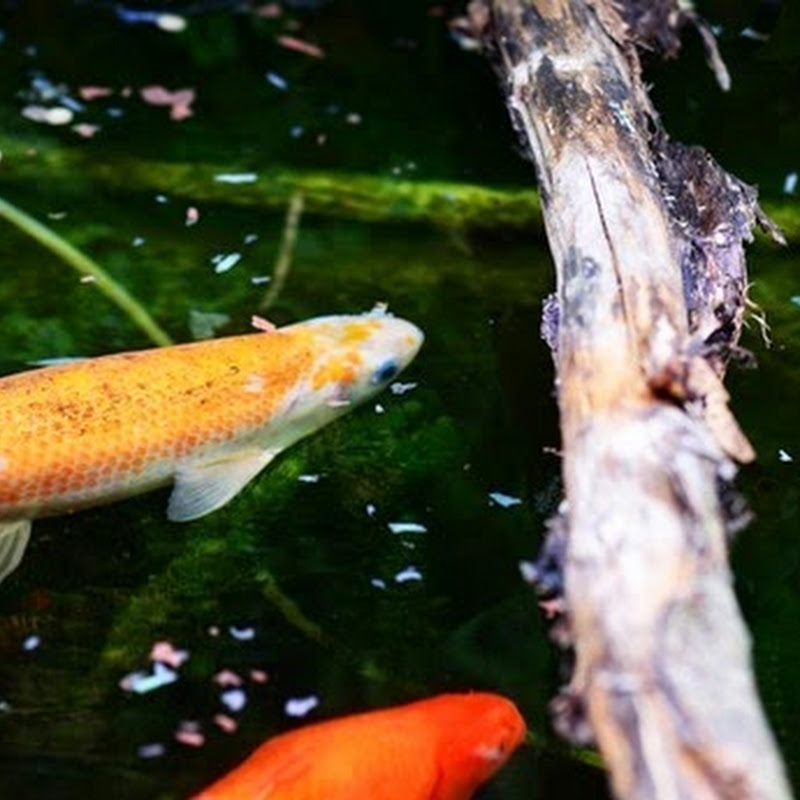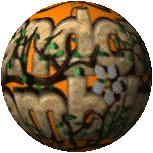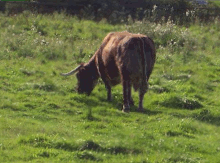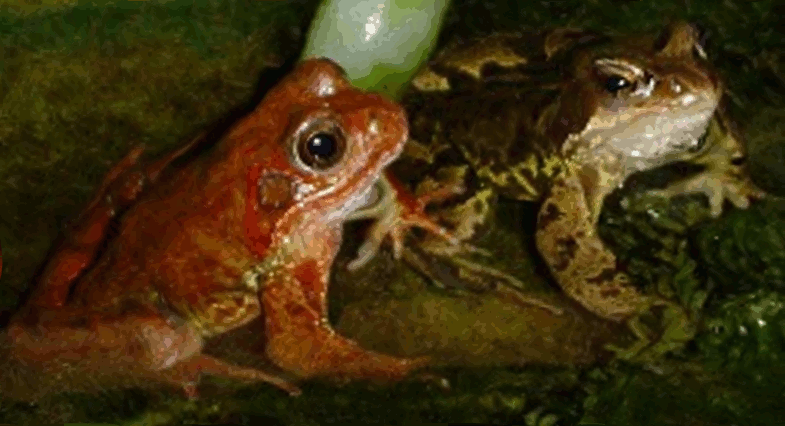The clocks across Britain are turned back at 1.00 am to 12.00 am today back to Greenwich Mean Time or real time. This is the time of our forebears and our ideal body clock time. It is reported that this may well be the last time that we turn back our clocks as once more the ‘darling Southerner's’ of our land are calling for ‘Summertime’ to be made permanent.
I can honestly say that I speak from experience when I tell you that I have tried this before on several experimental attempts to ditch GMT and adopt British Summertime permanently. I can only speak for Worcestershire or middle England. The months from December through until the end of February are more than dismal on Summertime settings. Frost and darkness make mornings treacherous – both the journeys to work and school full of misadventure with drivers and pedestrians appearing to be at the very best bleary-eyed. People would say at the time – ‘it’s like working down the pits!’ Of course, this is untrue for working down a coal mine is undoubtedly far, far, worse but the fact that it was even compared to this shows just how unpopular it came to be. The further North a person lives the darker the morning remains which does not bode well for those who have to make a living outdoors. There is nothing that can be done to extend the length of light of a Winter’s day but it is selfish of those who live in the South to assume that everyone benefits if their day time’s are going to be improved.
I love turning back the clocks – I feel that my body is ready for this step back and lengthening of sleep time … I have tried Summertime and I have even experienced double-Summertime (two hours forward) but for Midlanders and Northerners alike, I can honestly say that mornings feel so much more safer and pleasant when we turn back the clocks for Wintertime!
